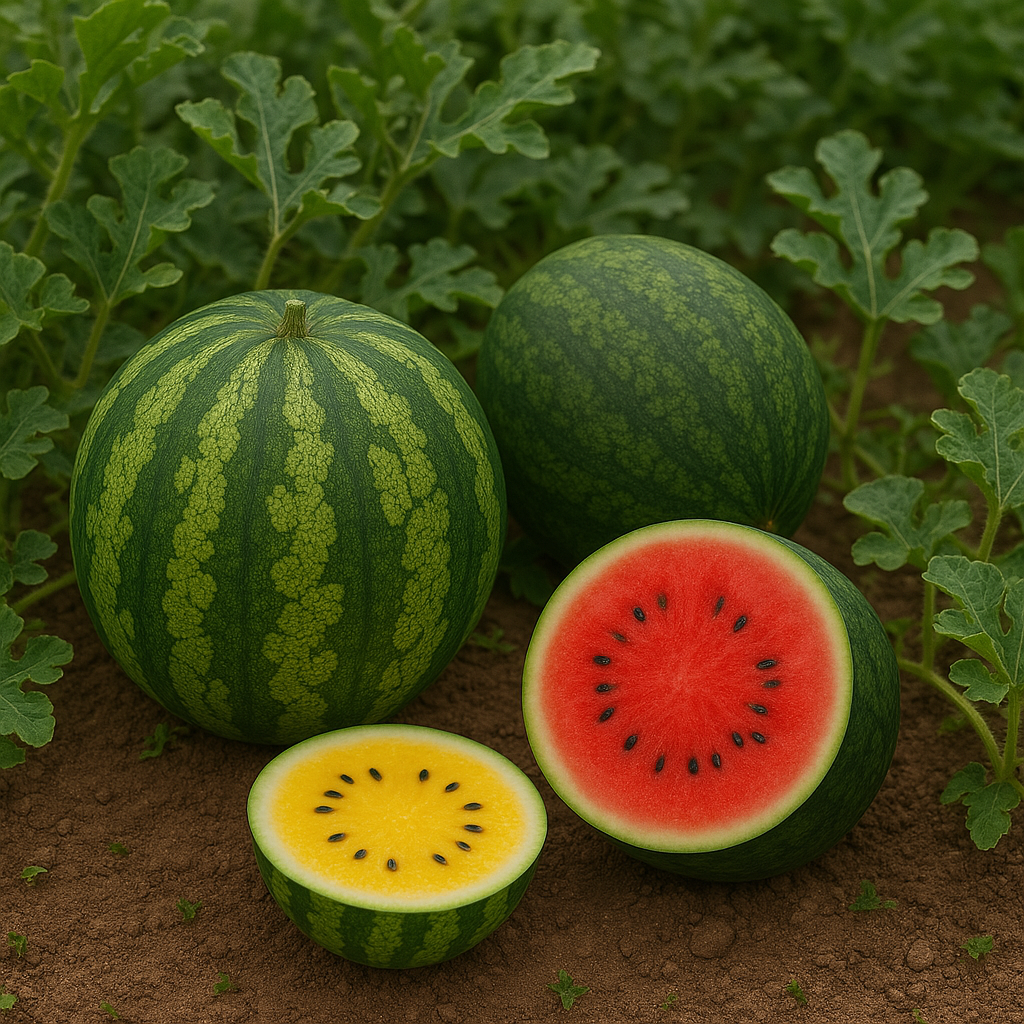Grow Purple Cauliflower at Home: Vibrant, Nutritious & Easy to Cultivate
Looking to add something unique and nutritious to your vegetable garden? Purple Cauliflower is a colorful, antioxidant-rich vegetable that's perfect for cool-season gardening. Whether you're a home gardener or urban grower, planting purple cauliflower seeds will bring both beauty and benefits to your edible landscape.
About Purple Cauliflower
Purple cauliflower (Brassica oleracea) is a striking heirloom variety known for its bright violet color, tender texture, and high nutritional value. Its purple hue comes from anthocyanins, a group of powerful antioxidants that also give blueberries and red cabbage their color. These pigments not only enhance its visual appeal but also support heart and brain health.
-
Plant Type: Cool-season annual
-
Soil Requirement: Well-drained, rich in organic matter
-
Light Requirement: Full sun (6–8 hours daily)
-
Maturity Time: 70–90 days from transplanting
-
Best Grown From: Purple cauliflower seeds or seedlings

Why Grow Purple Cauliflower?
Purple cauliflower vegetable plants aren’t just visually appealing — they offer several practical and nutritional advantages:
-
High in Nutrients: Packed with vitamins C and K, folate, and dietary fiber.
-
Rich in Antioxidants: The anthocyanins provide anti-inflammatory benefits.
-
Culinary Versatility: Great roasted, grilled, steamed, or raw.
-
Garden Appeal: Adds vivid color to your vegetable patch or raised garden bed.
-
Easy to Grow: Ideal for beginner gardeners looking for unique crops.
If you’re focused on home gardening, growing purple cauliflower can also enhance your harvest variety and boost your gardening success.
When to Plant Purple Cauliflower
Timing is critical for successful purple cauliflower growth. It thrives in cooler temperatures, so aim for:
-
Spring Crop: Start seeds indoors 6–8 weeks before the last frost date.
-
Fall Crop: Plant seeds or transplants 10–12 weeks before the first expected frost.
Ideal for cool-season vegetable gardening, purple cauliflower prefers consistent daytime temperatures between 60°F and 70°F.
Where to Plant Purple Cauliflower
When choosing the perfect location to plant purple cauliflower seeds, consider the following:
-
Full Sun Exposure: Requires at least 6 hours of direct sun daily.
-
Rich Soil: Loamy, fertile, and well-drained soil enriched with compost.
-
Raised Beds or Containers: Works well in small-space or urban gardens.
If you're gardening in limited space, container gardening with cauliflower is a viable option, especially on patios or balconies.

How to Plant Purple Cauliflower
-
Start Indoors: Sow seeds ¼ inch deep in seed trays or pots. Keep the soil temperature between 65°F–75°F for best germination.
-
Transplanting: Move seedlings outdoors once they have 3–4 true leaves and nighttime temperatures stay above 45°F.
-
Spacing: Plant 18–24 inches apart in rows 24–30 inches apart.
-
Soil Prep: Add compost or aged manure before planting to provide nutrients for this heavy feeder.
For optimal growth, always plant in a space that offers strong sun and good drainage.
How to Care for Purple Cauliflower Plants
-
Watering: Maintain consistent moisture; do not let the soil dry out completely.
-
Mulching: Apply straw or organic mulch to help retain moisture and suppress weeds.
-
Fertilizing: Use a balanced fertilizer at the planting stage and again when heads begin to form.
-
Pest Management: Monitor for aphids, cabbage worms, and flea beetles. Use neem oil or organic insecticidal soap.
-
Temperature Management: In hot climates, provide partial shade during peak heat to avoid bolting.
Maintaining consistent care is essential for forming tight, flavorful cauliflower heads.
Companion Plants for Purple Cauliflower
Using companion planting can protect your cauliflower and improve yields:
-
Good Companions:
-
Avoid Planting Near:
-
Strawberries
-
Tomatoes
-
Pole Beans
-
These crops can either compete for nutrients or attract pests harmful to cauliflower.
Harvesting Purple Cauliflower
Knowing when and how to harvest is key for preserving flavor and nutrition.
-
When to Harvest: 70–90 days after transplanting, once the head is dense, 6–8 inches in diameter, and brightly colored.
-
How to Harvest: Cut the head off at the base with a sharp knife, leaving a few leaves for protection.
-
Storage: Store unwashed in the fridge for up to two weeks. For longer storage, blanch and freeze.
Proper harvesting ensures the cauliflower retains its color, texture, and nutrients.
Uses of Purple Cauliflower
Purple cauliflower in cooking is a chef’s dream — it’s versatile and retains color well when cooked lightly:
-
Raw: Adds color to salads and snack trays.
-
Roasted: Brings out sweet, nutty flavors.
-
Grilled or Sautéed: Perfect for summer side dishes.
-
Cauliflower Rice or Mash: A vibrant, low-carb alternative.
-
Pickled: Adds both flavor and color to pickling jars.
It pairs well with garlic, lemon, tahini, and Mediterranean spices.
Final Thoughts
Purple cauliflower is a standout crop that brings visual flair, powerful nutrition, and homegrown flavor to your garden. Whether you're a beginner or an experienced gardener, this cool-season vegetable is easy to grow, care for, and harvest.
Looking for high-quality Purple Cauliflower Seeds? Visit Organic India Seeds for premium vegetable seeds curated for passionate home gardeners.



اترك تعليقًا
This site is protected by hCaptcha and the hCaptcha Privacy Policy and Terms of Service apply.